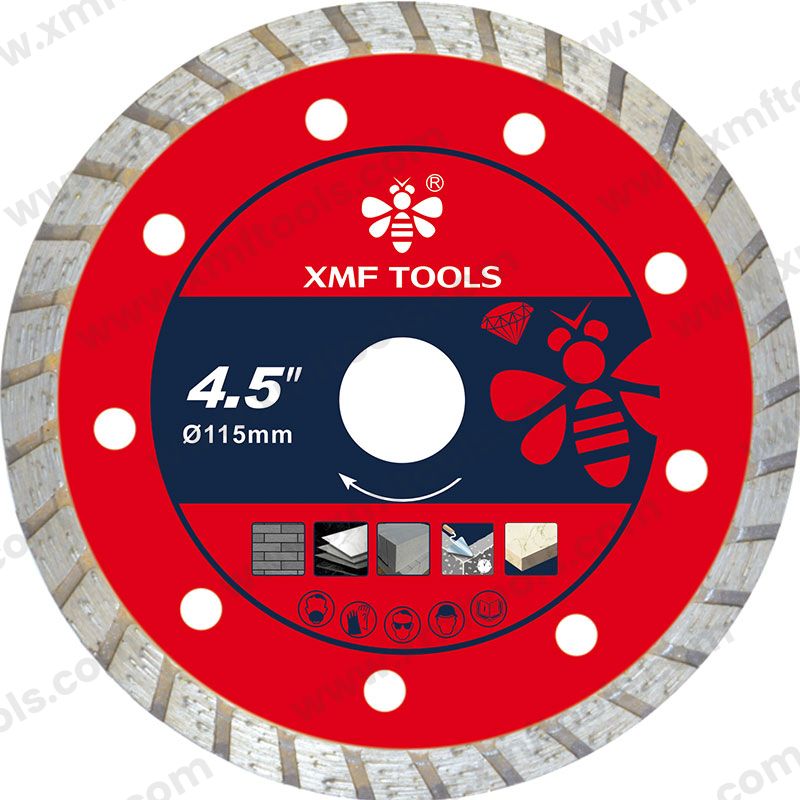Key Features to Look for in a High-Performance Sintered Blade
Sintered blades are essential tools for high-speed cutting industries. Understanding the key features that define a high-performance sintered blade can significantly enhance productivity and reduce operational downtime. Users often overlook characteristics like material quality, bonding strength, and edge retention, leading to subpar performance. In this article, we will explore the five must-have properties of high-performance sintered blades to help you make informed purchasing decisions.
1. Material Quality
High-quality materials are vital in determining the performance of a sintered blade. Look for blades made from premium tungsten carbide or diamond to ensure durability. A well-constructed blade exhibits better cutting speed and lasts longer, providing value for your investment.
Material Insights
Tungsten carbide enhances abrasion resistance.
Diamond blades offer unrivaled cutting precision.
Blades with improper materials lead to frequent replacements, which increase operational costs.
2. Bonding Strength
The bonding strength of a sintered blade ensures that the cutting edge remains intact during use. Stronger binding agents resist chipping and wear, allowing for consistent performance over time.
Bonding Agents Comparison
| Type of Bonding Agent | Strength | Application Suitability |
|---|---|---|
| Cobalt | High | Metal cutting |
| Nickel | Medium | Wood and plastics |
3. Edge Retention
Edge retention is crucial for maintaining cutting efficiency. Blades that dull quickly require more frequent sharpening, which halts operations. A blade that holds its edge will lead to less downtime and lower operational costs.
Edge Retention Data
Blades with high-grade diamond segments retain edges up to 3 times longer.
Regularly sharpened blades lead to operational inefficiencies and increased expenditures.
4. Temperature Resistance
High-performance sintered blades must withstand high temperatures generated during cutting. Poor temperature resistance can lead to blade deformation or even failure.
Temperature Tolerance Ratings
Sintered blades that can resist temperatures of up to 1000°C perform better in high-speed operations without compromising their structure.
5. Versatility and Applications
Look for blades designed for multiple applications. A versatile sintered blade can perform well across various materials, making it a cost-effective choice for manufacturers.
Application Comparison
| Application | Compatible Blade Type |
|---|---|
| Metal Cutting | Tungsten Carbide |
| Wood Cutting | Diamond |
In conclusion, selecting a high-performance sintered blade involves assessing various characteristics such as material quality, bonding strength, edge retention, temperature resistance, and versatility in applications. By prioritizing these features, users can enhance their cutting operations, reduce costs, and ensure longevity in their tools. Always choose a sintered blade that meets the specific needs of your projects to ensure optimal performance.
For an effective cutting experience, understanding these core aspects is essential for any manufacturer or distributor. This guide serves to streamline your decision-making process and steer your investments towards high-quality sintered blades.


Comments
Post a Comment